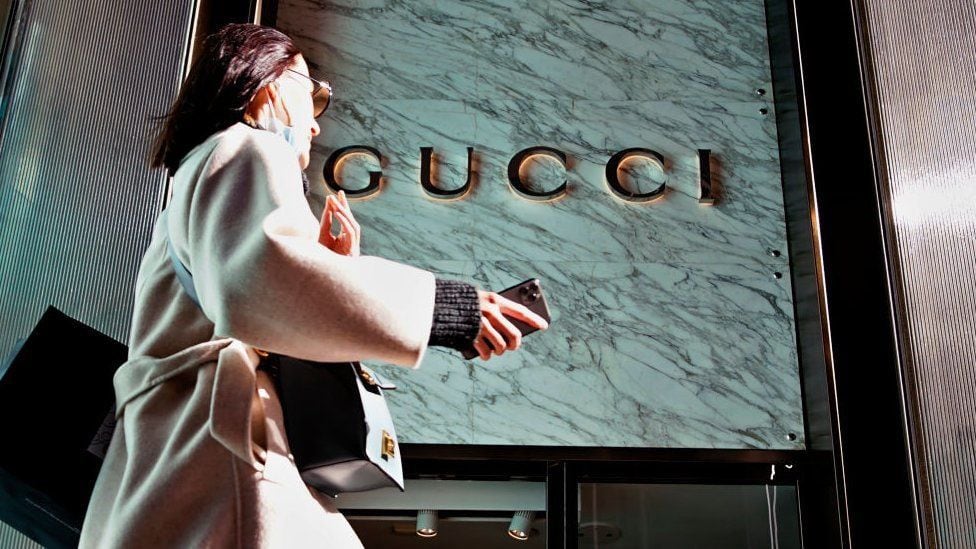Manzana has joined the thriving buy now, pay later business with a personalized service called Apple Pay Later.
The service was announced earlier this week at Apple’s Worldwide Developers Conference 2022 and will initially launch in the United States later this year.
LOOK: Apple: Find out if your device will no longer be compatible with iOS 16
Pay Later will be integrated into the Apple Wallet or Wallet app and can be used for any purchase made through Apple Pay.
The users will be able to divide the cost of a purchase into four equal paymentswithout interest or commissions, distributed over a period of four months.
However, Apple will first run a soft credit check on users who want to use the service.
The tech giant claims it has designed the feature with the “financial health of users” in mind.
LOOK: iPhone: five tricks to free up space on your mobile and without having to download applications
Apple is likely trying to solidify its position in the world of consumer finance and increase its profitability.
and consumers should be aware of the risks of using this new service.
Apple: consumer favorite
With the release of payment LaterApple will compete with other similar financial technology companies, including PayPal, Block, Klarna and AfterPay, some of which saw their share price fall after the announcement of the new service.
Apple has in its favor its huge market, brand power and ability to attract millions of people to its products and services.
LOOK: Apple: two ways (one free) to download the iOS 16 beta on iPhone
And with its focus on the customer experience, Apple has managed to foster a community of die-hard fans. There is no doubt that the company is one of the favorite brands of consumers.
Apple has also established a constantly growing ecosystem in which users are encouraged to access Apple products and services as much as possible, for example, by making payments through their iPhone instead of a bank card.
The tech giant offers ways to integrate previously separate computing capabilities into a phone or wristwatch, while keeping its sights on the consumer experience.
Pay Later further enhances this customer-centric experience. It’s one more way users can integrate all the tools they need within a single ecosystem.
LOOK: Passkeys: Apple’s biometric identification proposal that seeks to replace passwords
What is the benefit for Apple?
Apple can make financial gains through Pay Later.
iPhone-based payment services are accepted by 85% of US retail companies.
And a 2021 survey found that around 26% of online shoppers in Australia, for example, used “buy now, pay later” services.

As Apple customers increasingly use the Pay Later service, andThe giant will benefit from merchant fees, payments that retailers make to Apple in exchange for being able to offer customers Apple Pay.
The company also gain valuable insights into consumer buying behaviorsand this will allow you to predict your preferences and future expenses.
To offer a “buy now, pay later” service, Apple has joined forces with Goldman Sachs, which will finance the loans.
This relationship has been in place since 2019. Goldman Sachs has acted as a partner for Apple’s credit card (although Pay Later is not linked to that card).
LOOK: Goodbye to toxic relationships: Apple announces new function to remove access to people in a matter of seconds
It is a strategic partnership that has helped Apple win a strong position in the world of consumer finance.
Challenges for consumers
The reality is that the world of unregulated finance, which includes buy now, pay later, does not bode well for all consumers.
Younger demographics (such as Gen Z and Millennials) and low-income households may be more vulnerable to the risks associated with using these services and, as a result, end up accumulating debt.
Purchases through “buy now, pay later” schemes can be driven by the desire to own the latest gadgets and luxury items, fueled by clever marketing campaigns.
Such schemes can habituate consumers to making purchases without feeling the pain of parting with cash.
From the perspective of consumer psychology, these services promote immediate gratification and hook young people into the routine of consumption.
In other words, they may continually spend more money on purchases than they really could.

On the other hand, if a consumer does not pay a fee in Pay Later this will negatively affect your credit ratingwhich can have adverse results when applying for traditional loans or credit cards.
The focus on consumer behavior can also trigger the so-called “ownership effect.” The term refers to the fact that people can become attached to their purchases and are unlikely to return them, even if they can’t afford them.
Technology-based, consumer-focused marketing gives Apple an edge over other “buy now, pay later” schemes.
The company ensures that the new service was designed with the financial health of consumers in mind.
But as is the case with any of these services, consumers must be aware of the risks and handle them with care.
Source: Elcomercio
I have worked as a journalist for over 10 years and have written for various news outlets. I currently work as an author at 24 News Recorder, mostly covering entertainment news. I have a keen interest in the industry and enjoy writing about the latest news and gossip. I am also a member of the National Association of Journalists.

:quality(75)/cloudfront-us-east-1.images.arcpublishing.com/elcomercio/GMYTCNBNGA3C2MBZKQYDAORTGE.jpg)




:quality(75)/cloudfront-us-east-1.images.arcpublishing.com/elcomercio/MYTLUZLMGJEWBLDKIYPDHE5C6Q.jpg)
